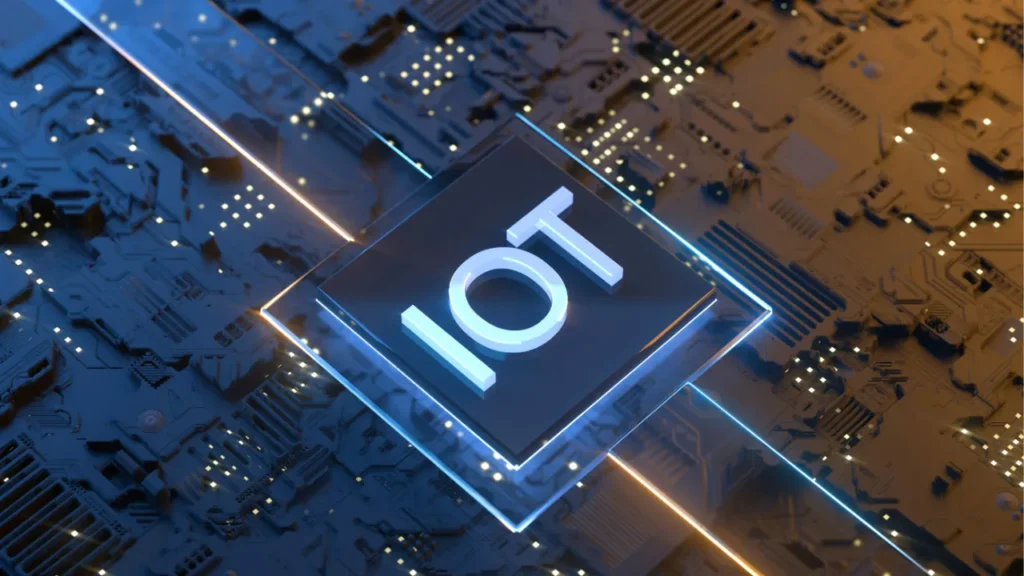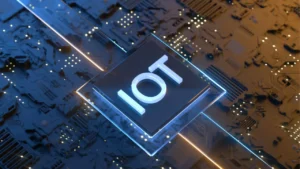Drones revolutionized the mining industry by providing aerial surveillance, inspections, and mapping capabilities.
However, as technology advances, drones are facing competition from an even more versatile and cost-effective solution: IoT cameras.
These interconnected devices are proving to be the next step in mining technology, offering continuous monitoring, enhanced data collection, and seamless integration with other systems.
In this post, we’ll explore why IoT cameras are becoming the preferred choice over drones in mining operations and how they’re transforming safety and efficiency.
The Role of Drones in Mining
For years, drones have been essential for:
- Aerial Surveys: Mapping large mining sites quickly and accurately.
- Environmental Monitoring: Assessing air quality, emissions, and vegetation impact.
- Safety Inspections: Accessing hard-to-reach or hazardous areas without putting workers at risk.
Despite these advantages, drones come with limitations:
- Short Battery Life: Frequent recharging disrupts operations.
- High Costs: Maintenance, operators, and specialized equipment add up.
- Restricted Use in Confined Spaces: Drones struggle to operate effectively underground or in tight areas.
Why IoT Cameras Are the Future
IoT cameras are rapidly replacing drones due to their numerous advantages:
- Continuous Monitoring: IoT cameras provide 24/7 surveillance, eliminating downtime caused by drone battery life or deployment.
- Cost-Effective: They require lower upfront and operational costs compared to drones.
- Real-Time Integration: IoT cameras connect seamlessly with data analysis platforms, enabling instant insights.
- Versatility: Unlike drones, cameras can be installed in both fixed positions and on mobile platforms, such as machinery or vehicles.
- Safety in Confinement: IoT cameras excel in underground and confined environments where drones are impractical.
Applications of IoT Cameras in Mining
IoT cameras are transforming multiple aspects of mining operations:
- Traffic Management: Real-time tracking of vehicle movements to prevent accidents and congestion.
- Equipment Monitoring: Observing machinery performance to identify maintenance needs before breakdowns occur.
- Worker Safety: Monitoring high-risk areas to ensure compliance with safety protocols.
- Environmental Compliance: Measuring dust levels, gas emissions, and other environmental parameters.
Benefits of IoT Cameras Over Drones
Switching to IoT cameras brings numerous benefits:
- Improved Data Collection: Continuous and detailed data feeds for better decision-making.
- Reduced Risk: Cameras reduce reliance on flying machinery in dangerous or unpredictable conditions.
- Scalability: IoT networks can expand easily to cover more areas or integrate additional sensors.
- Simplified Maintenance: Fixed cameras are easier and cheaper to maintain compared to drones.
How VTI Supports IoT Integration
At VTI, we understand the importance of staying ahead with cutting-edge technology. Our IoT camera solutions are designed to:
- Provide real-time surveillance and data analysis.
- Integrate seamlessly with existing traffic management and monitoring systems.
- Deliver cost-effective and scalable solutions tailored to your operation’s needs.
Take Away
The shift from drones to IoT cameras marks a significant advancement in mining technology.
IoT cameras not only overcome the limitations of drones but also offer unparalleled safety, efficiency, and cost-effectiveness.
As the mining industry continues to embrace smart technologies, IoT cameras are set to become an integral part of modern operations.
Ready to upgrade your mining surveillance systems? Contact VTI today to learn how our IoT camera solutions can enhance safety and efficiency in your operations.


